Domain Controller Platform for Future Automotive Electrical and Electronic Architecture Solutions
Electricity, intelligence, connectivity, and sharing have become the recognized future directions of the automotive industry, with software being one of the core enabling technologies for the 'four transformations' of future cars. Vehicle software will no longer be used solely for controlling electromechanical devices but will also be employed to implement advanced innovative functions, including autonomous driving, connectivity features, and future mobility solutions.
Automotive electrical and electronic architectures must support the 'four transformations' of future vehicles and the rapid development of in-vehicle software. The fundamental requirements include high computing performance, ample communication bandwidth, robust functional safety, strong information security, and continuous software updates. However, the current distributed automotive electrical and electronic architectures suffer from limitations in computing power, communication bandwidth, and software upgradeability, making them unable to meet future demands. Significant innovation is expected in automotive electrical and electronic architectures, with centralized electronic and electrical architectures based on software centralization and domain controllers becoming the development direction for future automotive electrical and electronic architectures.
The necessary technologies to support centralized electronic and electrical architectures and domain controllers are already available, including automotive-grade microprocessor chips and in-vehicle Ethernet, among others. Leading automotive manufacturers have already begun deploying centralized electronic and electrical architectures and domain controllers in next-generation vehicle models to realize the 'four transformations' and enable software innovations. However, in practical applications, there are still challenges such as inconsistent concepts regarding domain controllers and the initial high cost of implementing electronic and electrical architectures based on domain controllers. This article first explains the necessity of centralized electronic and electrical architectures and the concept of domain controllers. It then introduces feasible solutions for centralized electronic and electrical architectures and concludes by presenting domain controller products developed by a joint automotive electronics company.
Centralized Automotive Electronic and Electrical Architectures and Domain Controllers
The Necessity of Centralized Electronic and Electrical Architectures
Electricity, intelligence, connectivity, and sharing have introduced new technological challenges and requirements for automotive electrical and electronic systems. Electrification has introduced electronic and electrical devices such as motors, batteries, and electronic controls, increasing system complexity. In terms of propulsion, pure electric vehicles and various hybrid powertrain topologies are developing simultaneously. Combined with the personalized requirements of end customers, this significantly increases the development requirements for future automotive architectures. Intelligence in automobiles aims at realizing autonomous driving, requiring high communication bandwidth for information exchange between environmental sensors such as cameras and radar. It also demands high computing power for information processing and fusion. In addition, the vehicle motion control system requires overall coordination and control across functional domains. Connectivity in automobiles will change customer expectations for vehicle functionality, resembling the experiences offered by consumer electronics. Customers expect rapid feature updates and upgrades. Vehicle sharing is changing the business model and vehicle ownership, requiring fleet management and cloud-based control, as well as intelligent vehicle state monitoring and maintenance, which also demand high computing power.
The requirements of the 'four transformations' for automotive electrical and electronic systems can be summarized as effective configuration management, high computing performance, high communication performance, effective cross-domain function coordination, and continuous software updates and upgrades. Furthermore, many of the 'four transformations' in vehicles rely heavily on software implementation, making software-driven innovation the core of future automotive 'four transformations.' Current vehicles adopt distributed automotive electrical and electronic architectures, as shown in Figure 1. This architecture faces bottlenecks in terms of computing power, communication bandwidth, configuration management, and support for cross-domain functions. Additionally, due to the predominance of highly embedded controllers, hardware and software are highly integrated, making it challenging to upgrade software after vehicle mass production and hindering support for software innovation. Centralized electronic and electrical architectures, provided by domain controllers and Ethernet, offer the computing and communication capabilities required for future vehicles. By centralizing vehicle-level software in domain controllers and standardizing highly embedded controllers, they better support configuration management and cross-domain functions. This architecture enhances software innovation and enables continuous software updates and upgrades due to improved hardware abstraction.
Domain Controller Concept
Regarding the development trend of centralized electronic and electrical architectures, the domestic automotive industry has generally reached a consensus. However, there is currently no unified definition for the concept of domain controllers. There are two general understandings of the domain controller concept: one is the integration of highly embedded controllers within specific functional domains, and the other is the centralization of entire vehicle-level software functions within specific functional domains. We believe that domain controllers primarily support the centralization of entire vehicle-level software functions within specific functional domains. Whether highly embedded controllers within the domain are hardware-integrated with the domain controller should be designed based on the overall electronic and electrical architecture requirements of the entire vehicle lineage. The main reasons for this are as follows:
First, centralizing entire vehicle-level software functions in domain controllers reduces the need for bus signal communication to coordinate control between various components, facilitating the implementation of cross-functional domain coordination control and avoiding uncontrolled system complexity that may arise from significant increases in cross-domain functions in the future.
Second, coordinating and controlling various components with entire vehicle-level software functions requires software updates and upgrades, which are better managed when centralized in domain controllers. Additionally, domain controllers can reserve computing, storage, and communication resources for adding vehicle functions through software after vehicle mass production.
Third, standardizing highly embedded controller interfaces and abstracting them as standardized sensors or actuators facilitates the overall reuse of highly embedded controllers across vehicle lineages. The combination of domain controllers with standardized sensors and actuator controllers achieves better hardware abstraction, benefiting configuration management and component reuse, ultimately reducing development costs.
While integrating highly embedded controllers within the domain controller hardware can reduce the material costs of individual controllers, it increases the potential for development changes. Therefore, overall design should be based on the requirements of the entire electronic and electrical architecture of the vehicle lineage and demand for installation rates.
To achieve the electrification, intelligence, connectivity, and sharing of automobiles, a significant revolution is underway in the field of automotive electronic and electrical architectures, with centralized architectures emerging as the mainstream solution. In the future automotive electronic and electrical architectures, domain controllers serve as integrated platforms for vehicle-level software functions, primarily focusing on centralizing vehicle-level software and supporting innovations in intelligent connected software.
While achieving centralization, cost control of the electronic and electrical systems in vehicles is crucial. Feasible solutions for achieving this include domain fusion architectures and those based on regional controllers and central computers. Looking ahead to the development of future automotive electronic and electrical architectures, Joint Automotive Electronics Co., Ltd. has developed the Extended Domain Controller Platform (XCU) and is working towards its industrialization. This platform will provide assistance to customers in realizing the four transformations of automobiles.
More Application-Related Electronic Components
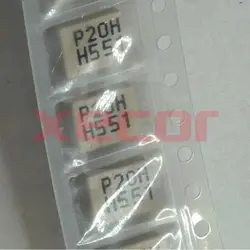
CPFC74NP-PS02H2A20
Common Mode Chokes Dual 200Ohm 20MHz to 300MHz 2A 0.12Ohm DCR SMD
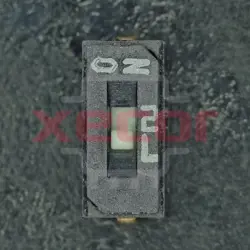
CHS-01TA1
DIP Switches / SIP Switches smd slide 1 pos., J hook, non-washable without seal tape
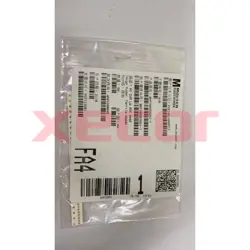
BKP1005EM221-T
Ferrite Beads Multi-Layer Power 220Ohm 25% 100MHz 1A 0.15Ohm DCR 0402 T/R
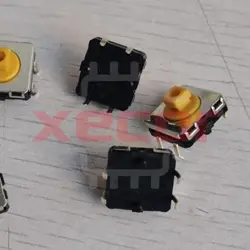
B3W-4055
Tactile Switches 12x12mm NoGroundTerm Prjctd 7.3mmH 350OF
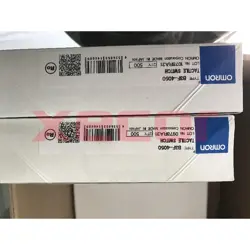
B3F-4050
Switch Tactile N.O. SPST Projected Plunger PC Pins 0.05A 24VDC 1.27N Thru-Hole Bag

B04B-PASK
Connector Header Through Hole 4 position 0.079" (2.00mm)
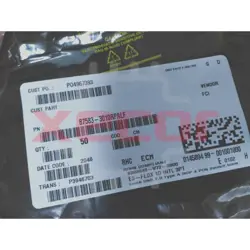
87583-3010RPALF
USB 2.0, Input Output Connectors, Receptacle, Type A, Standard, Right Angle, Surface Mount, Single Deck, 4 Positions
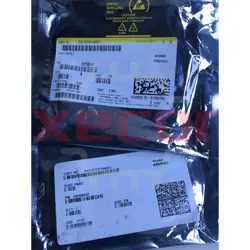
76PSB04T
Switch DIP ON OFF SPST 4 Piano 0.15A 30VDC PC Pins 2000Cycles 2.54mm Thru-Hole Tube
READ ALSO
-
Automotive OTA Automated Testing Solutions Date: 26/09/2023
OTA technology is one of the symbols of automobile intelligence, and OTA upgrades continue to provide customers with New features continuously enhance user experience.
-
Vehicle Bus Data Recorder Solution Date: 26/09/2023
CAN and LIN bus records are important tools for automotive engineers in fault diagnosis, performance analysis and data recording, helping engineers gain an in-depth understanding of the working principle of the vehicle and the interaction between various electronic control systems.
-
Central computing electronic and electrical architecture solutions Date: 26/09/2023
In the era of intelligent and software-defined cars, whoever can dominate the EE architecture and software can occupy the commanding heights of the smart car market. Therefore, domestic mainstream vehicle companies are also actively making relevant layouts, and mass-produced models with "quasi-centralized" architecture solutions will be launched around 2022-2023.
